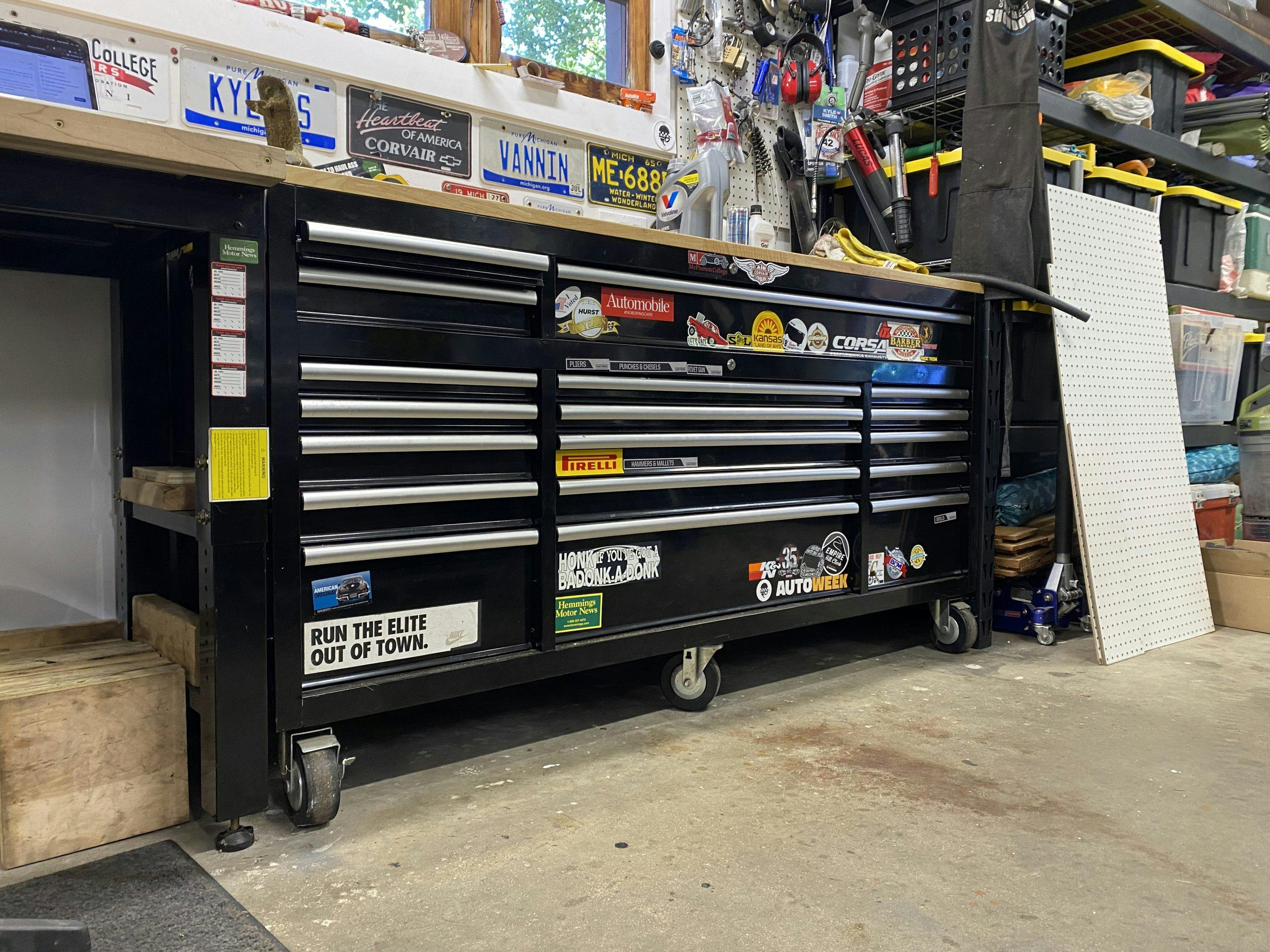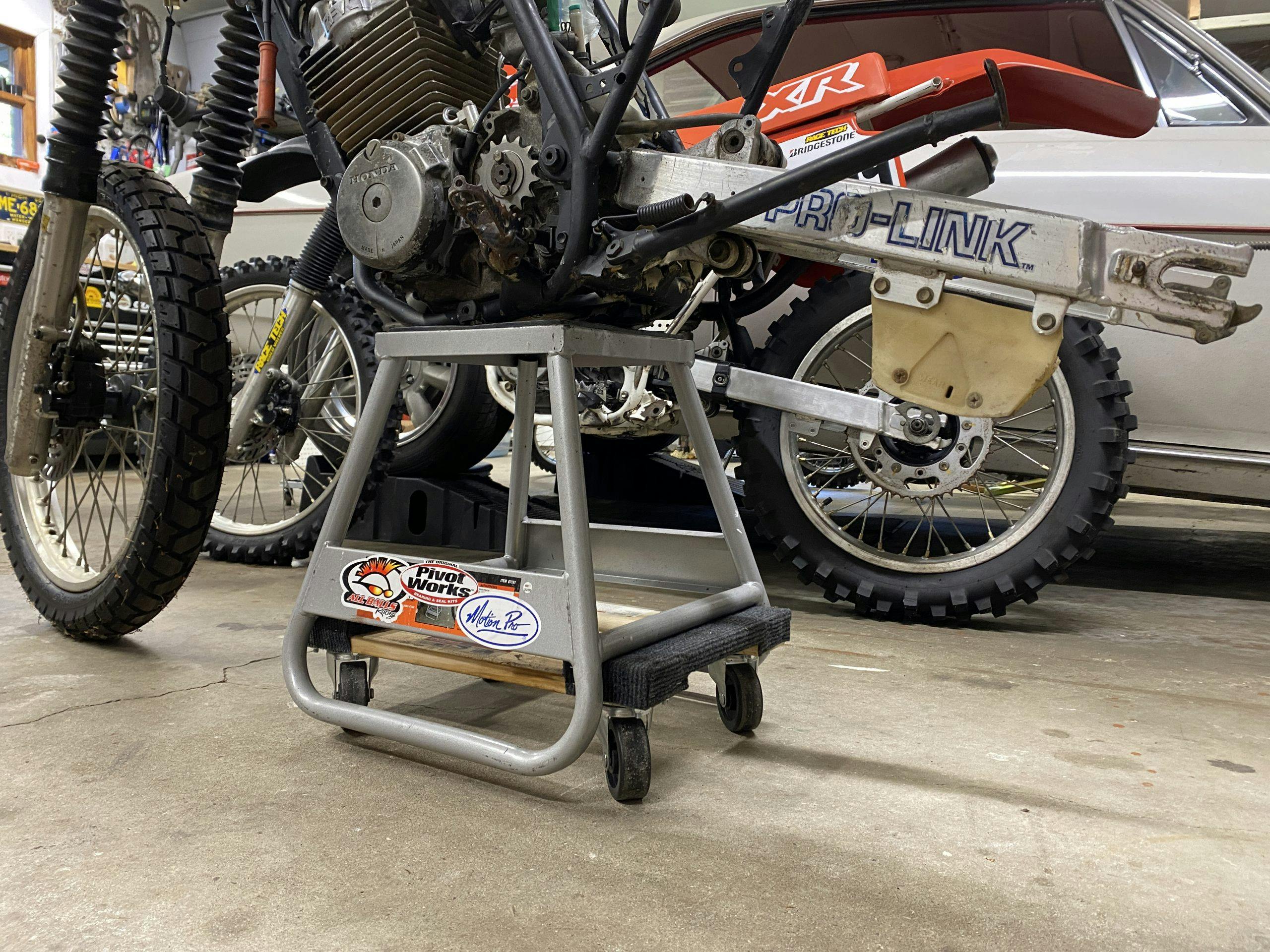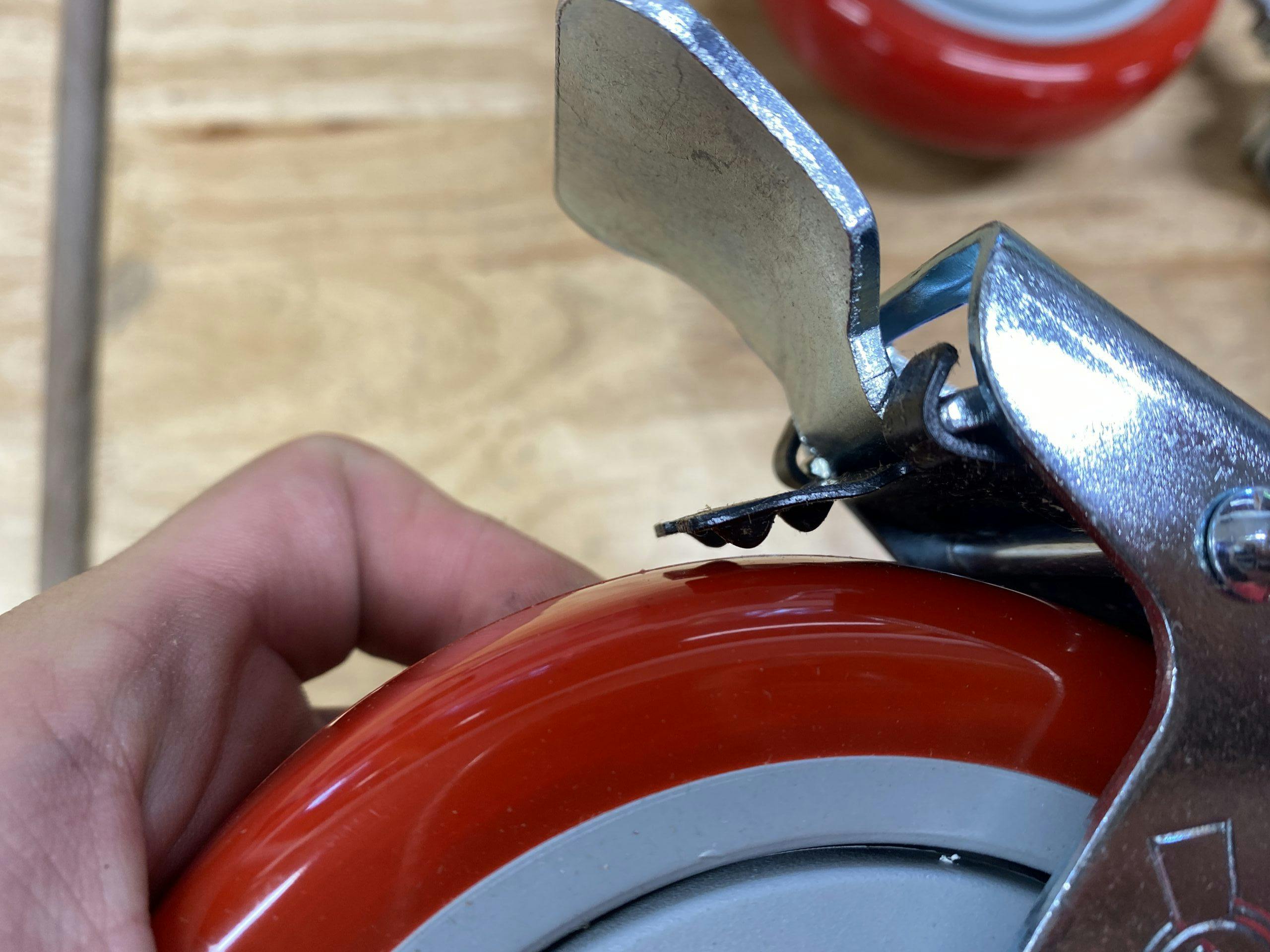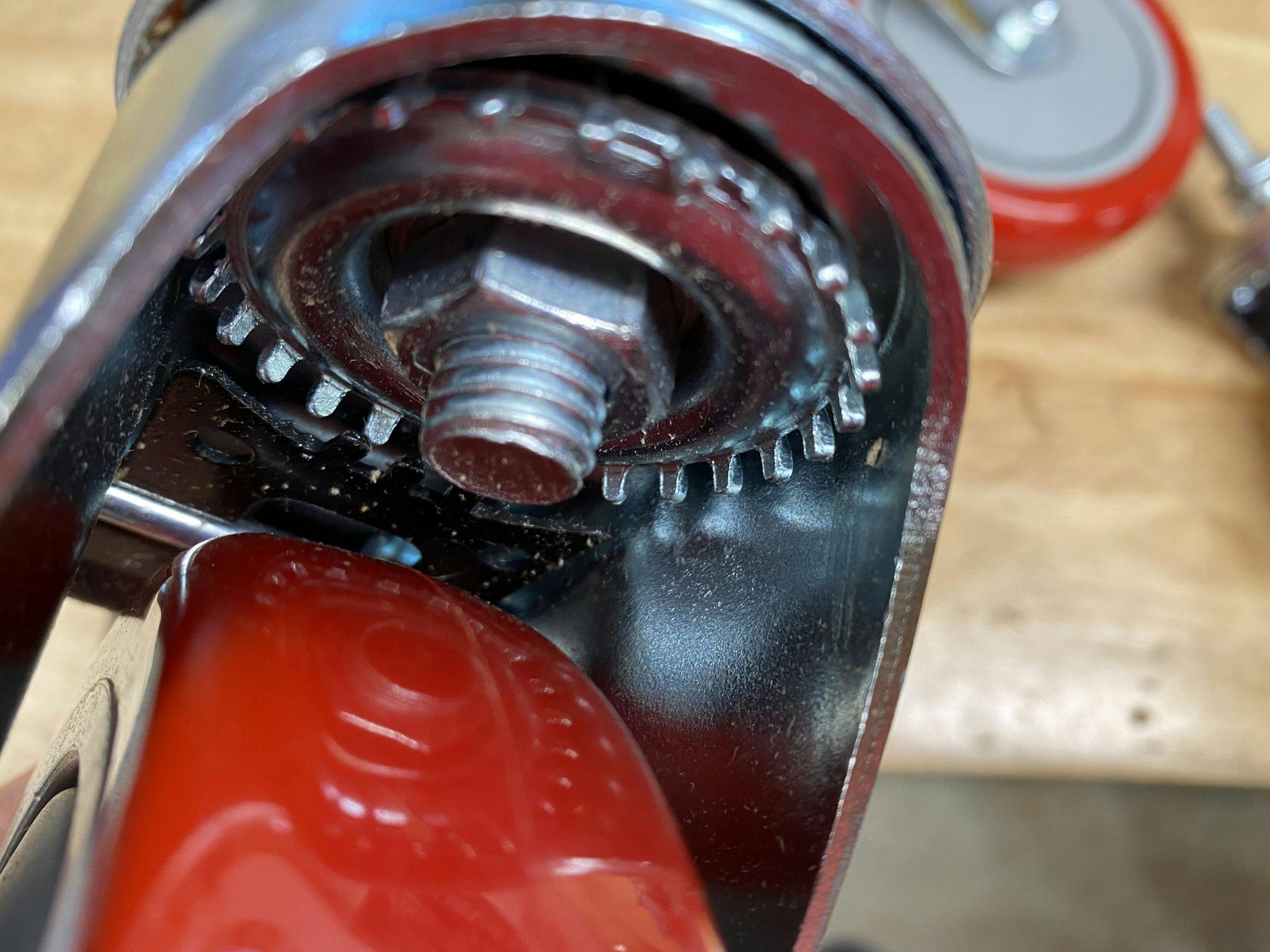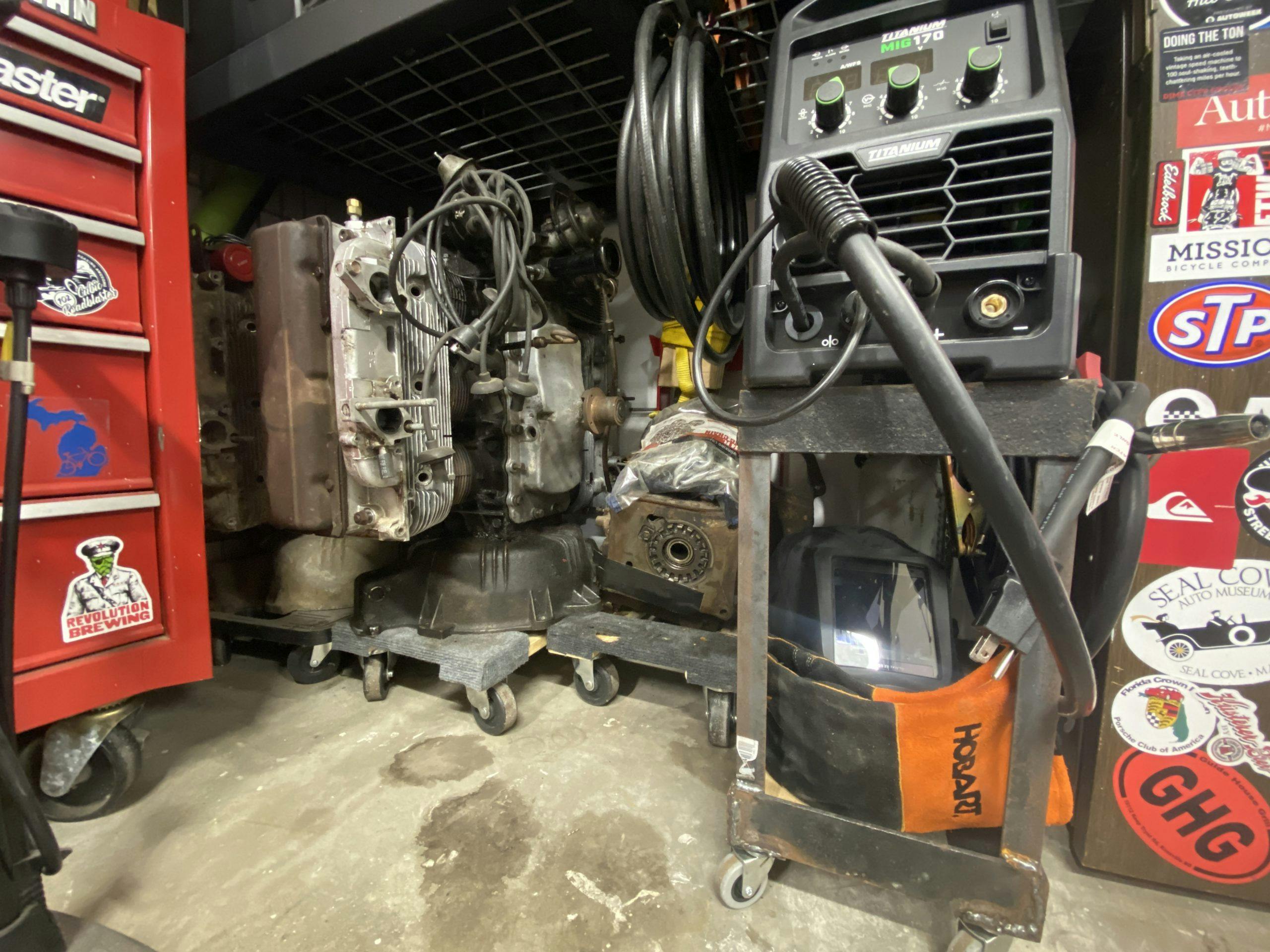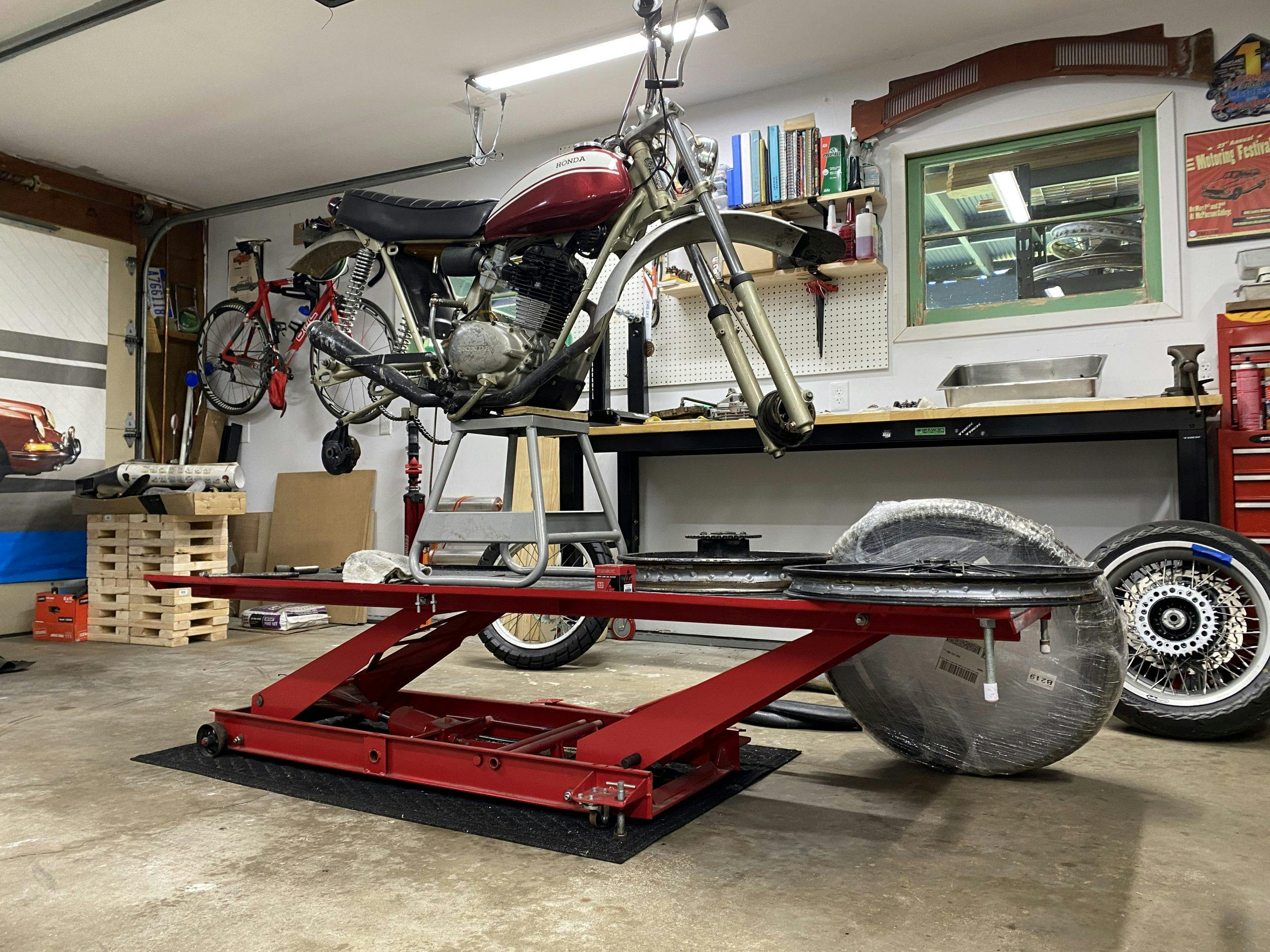Garage productivity hack: Add wheels to everything
Ask anyone waiting at the DMV door on their 16th birthday and they will tell you that wheels bring freedom. The garage is no different. I’m not talking about project cars, though. This is about the wheels on everything else you have in the shop. Your tools and benches don’t roll? Here’s why they should.
A humble garage is only separated from a high-production workspace by the motivation and desires of its owner. Lots of folks will tell you that X amount of square footage is mandatory, but the reality is that space isn’t what matters. There are exceptions to that rule, but a properly organized two-car garage can do nearly everything a full pole barn can if you have the ability to rearrange equipment on the fly. That is where my favorite garage hack comes in handy: casters.
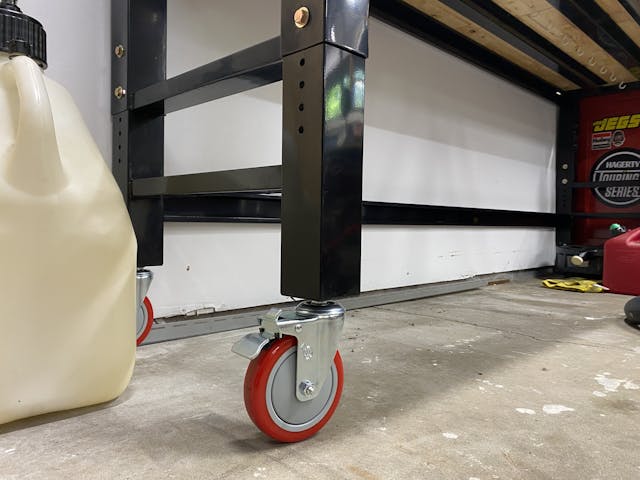
Nothing has changed how I work in the garage quite like the ability to roll my tools next to my projects, or rearrange my benches to allow something oversize to fit inside the doors. Easy cleaning is big extra bonus, too. The spare engines tucked in the corner: on casters. The multiple motorcycles on stands: on castors. Have something large to work on? I can put my two 2×8-foot workbenches together and have all the space I could want to spread things out and stay organized. There is a catch to all this convenience, though. Two, actually.
The first is that good castors aren’t cheap and cheap castors aren’t good. A couple factors should be considered when selecting rollers for your shop equipment: weight rating and locking style. Cheapo casters will have a load capacity high enough that you will assume they can handle a workbench on them, but don’t be tempted to skimp. Estimate the weight of the apparatus you’ll put on the bench and add 50 percent—at least. The literal last thing you want while working on a project is to have your work surface collapse beneath you. Not worth the personal injury or project damage.
The second catch: Once you have the weight rating you need, consider how you will keep the thing from not moving. I know, I’m pretty focused on how nice it is when things roll around the shop, but there are times when you want things to stay where you put them. Most garage floors have at least some slope for drainage and you don’t want a few-hundred-pound workbench careening about like a shopping cart in a windy parking lot. Locking casters are a must. Consider the two types of locks as well: total lock or top lock. Total lock is designed to lock both the wheel and the swivel, whereas the top lock only secures the wheel. Total lock is by far my personal preference, because it makes things feel much more secure when positioned.
My garage floor is pretty smooth, but I put monster 5-inch wheels on my benches because I wanted the ability to easily bump the bench out into my driveway for dirty projects or to be next to something that couldn’t fit inside the garage (my big, red Express van is too tall for my garage doors, for instance). Size your wheels so that you don’t have to worry about rough surface texture or damage. Rubber or polyurethane wheels have great traction to help the bench stay in place while you are working; a steel or hard plastic wheel might slide, even when locked.
Maybe it’s not as simple as a run to the hardware store to snag a few wheels, but I promise the results are worth the effort. Putting garage equipment on wheels makes small spaces more productive and large spaces feel even bigger—or smaller, if dividing up a generous space helps you be more efficient. Everything might have a home, but the ability to rearrange and try new layouts or storage solutions without spending an afternoon laboring to drag metal across concrete—and risking your spinal alignment in the process—is a gift.
My benches stay exactly where they are 85 percent of the time but boy, is it nice when I need them to move. Make the investment to put castors on your benches, boxes, and projects, and you will find that wheels are just as freeing as you thought—and more so.

